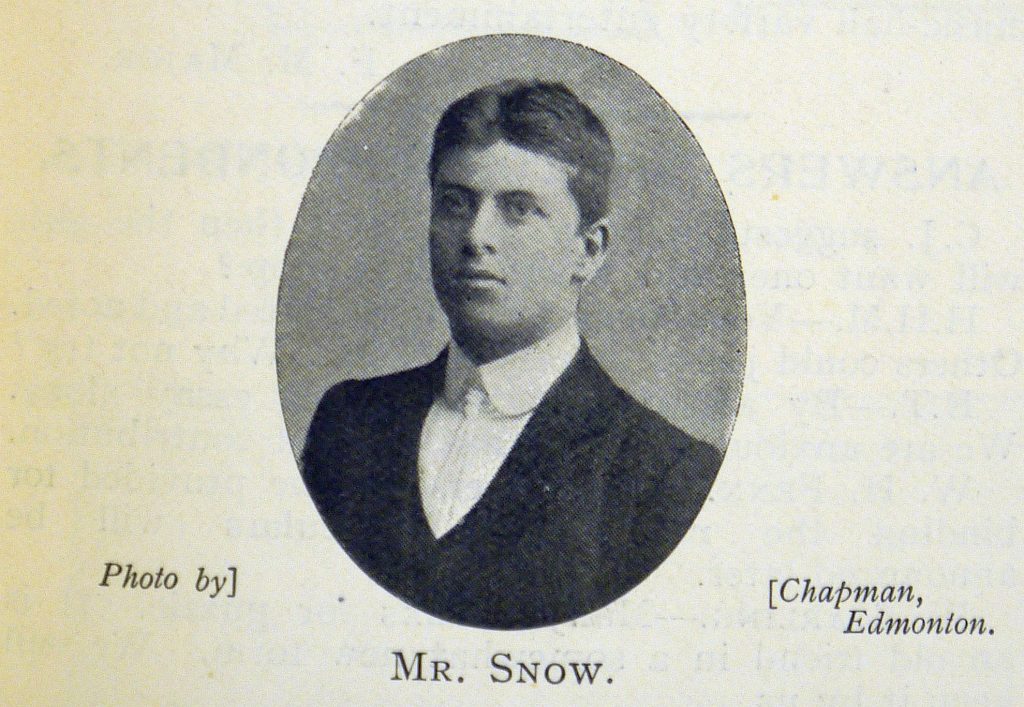It’s been a little while since the last update from the ‘Railway Work, Life & Death’ project. That doesn’t mean nothing’s been happening, of course!
In fact, the volunteers behind the project have been incredibly active. They’ve been doing the hard work that keeps projects like ours running—and in common with so many volunteers, they’ve been doing it because they love the topic, not for external recognition.
Over the past 18 months the National Railway Museum’s team of project volunteers have been going over all of the accident investigation reports produced by the state’s team of inspectors between July 1921 and December 1939. They’ve been transcribing the details from the reports into our standard database format, bringing together details that were otherwise difficult to search.
What’s been doubly excellent has been the support we’ve received in this from the current industry regulator, the Office of Rail and Road. They loaned us material that was otherwise difficult to access, meaning we can present as complete a run of data as it will ever be possible to do with these sources.
Between them, the volunteers have covered nearly 9,000 cases—a huge addition to the project data. One of the things which makes this so valuable is that it extends the data range of the project’s coverage. This will allow us to see if any individuals appear multiple times across the years, as well as get a better appreciation of any healthcare provision. It will also give us a better appreciation of changing methods of work.
We’re now in the stage of cleaning the data—making sure it’s had multiple pairs of eyes over it, correcting any glitches, etc—before making it publicly available. That will take some time, but we’ll keep you informed, no doubt via another guest post on the blog when the time is right.
And what of the volunteers?
They’re certainly not twiddling their thumbs. For those who want to carry on—and we’d hope that would be all of them—we’re about to start on the ‘earlier’ period, 1900-1910, of state inspectors’ reports. We think that will add another 9,000 or so cases into the database, another big increase.
This will give us an unparalleled research tool. What’s really inspiring is that through efforts like these we can make connections across different records that would otherwise remain unknown to each other. We already know that the case of Joseph Snow appears in the state inspector’s report for the first quarter of 1911. But he also appears in the records of his trade union, the ASRS; he died at work. And he might also appear in the records kept by his employer, the Great Eastern Railway. As we’re working on bringing all of these sources of information into the project, it’s possible that in plenty of cases like Snow’s we’ll be able to put together previously isolated details.

And before we get to that, we’ve just added another 2,152 cases to our free database. They came from the Transcription Tuesday event the project took part in last year, in conjunction with the family history publication Who Do You Think You Are? Magazine. Volunteers from across the world came together to transcribe an entire volume of records from the Amalgamated Society of Railway Servants trade union, covering 1901-1905. Find out more.
As ever, all of this reinforces the brilliant work that volunteers do, at the Railway Museum and beyond – and the potential benefits to all of us when we work together. All that remains to be said is thank you to our volunteers, and watch this space for more from the project in the coming months!
For more information on the Railway Work, Life & Death project:
